Concéntrico, 10 years with architecture in focus
Since 2015, the Logroño Architecture and Design Festival has been an essential, ephemeral event, a laboratory of urban innovation for building the city.
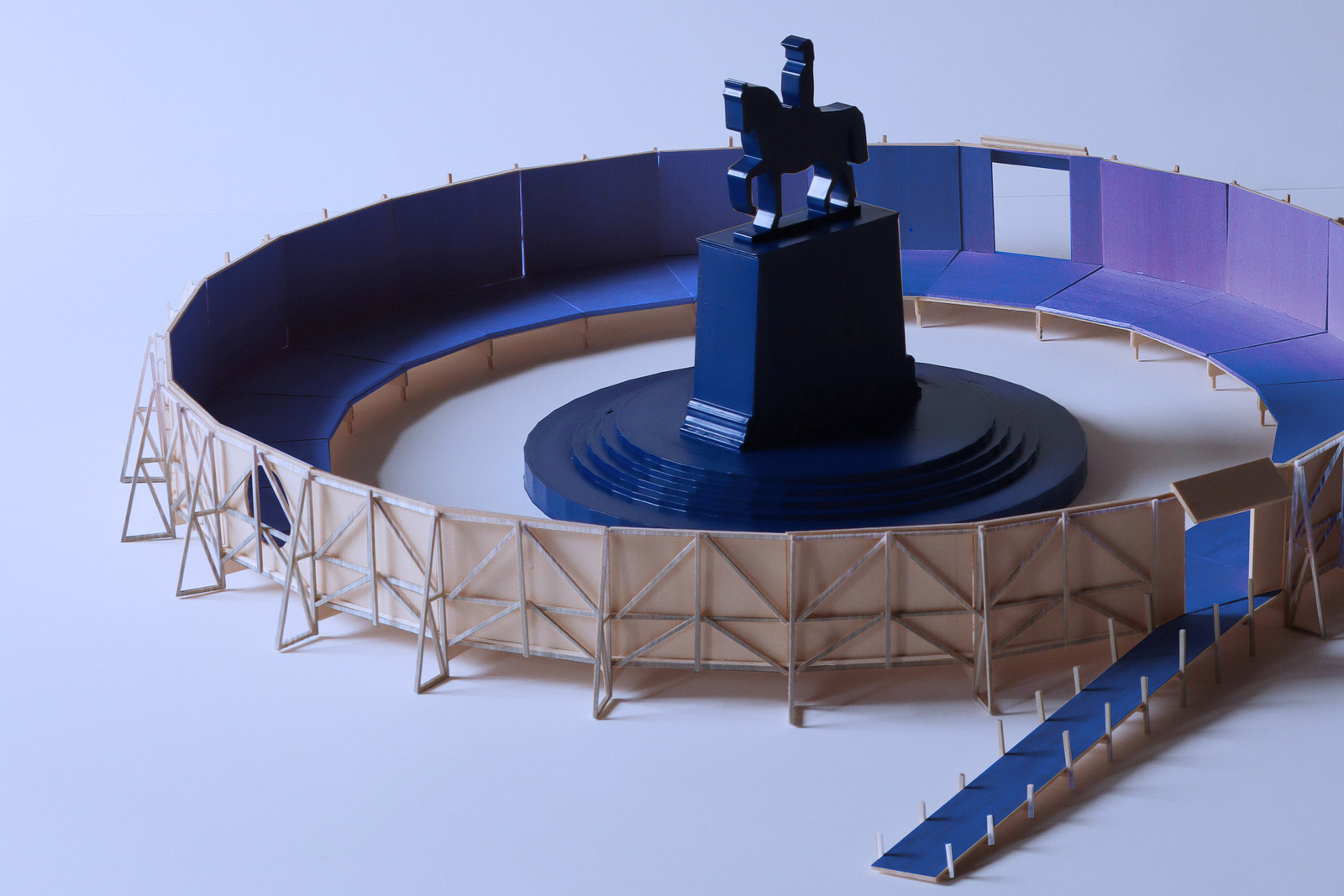
For another year, ten years in total, the Concentric International Festival of Architecture and Design puts the city of Logroño (La Rioja) in the spotlight, highlighting initiatives that invite us to rethink the use of public space and highlight the value of its people. This important edition features new proposals such as projects intended to remain in the city, educational programs, and exhibitions and tours. From June 19th to 24th, it brings together studios and creators such as Leopold Banchini Architects, MVRDV, Zyvastudio, SalazarSequeroMedina, Sam Chermayeff Office, Studio ACTE, Andreia Garcia + Diogo Aguiar, Bayona studio, Traumnovelle, Lemonot + O-SH, Erazo Pugliese, BairBalliet, Nami ñami Studio, Soft Barroco, Sahra Hersi, among other international leaders.
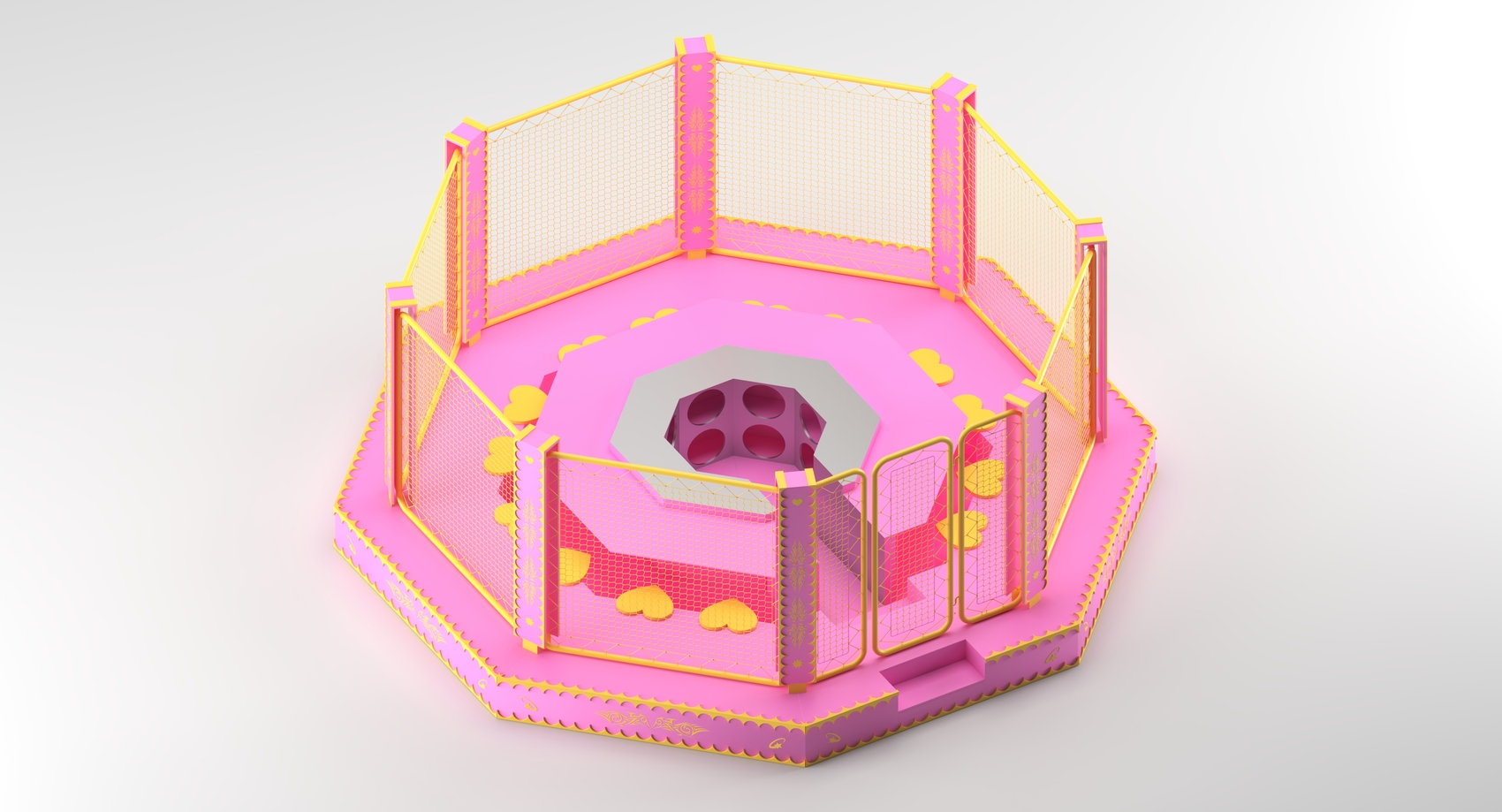
During the festival presentation, Mayor Conrado Escobar emphasized the value of this event as “a virtuous and dynamic reality,” highlighting the “volcanic creativity” of its director, architect Javier Peña. This event has made the city a benchmark for sustainable, creative, and transformative architecture.
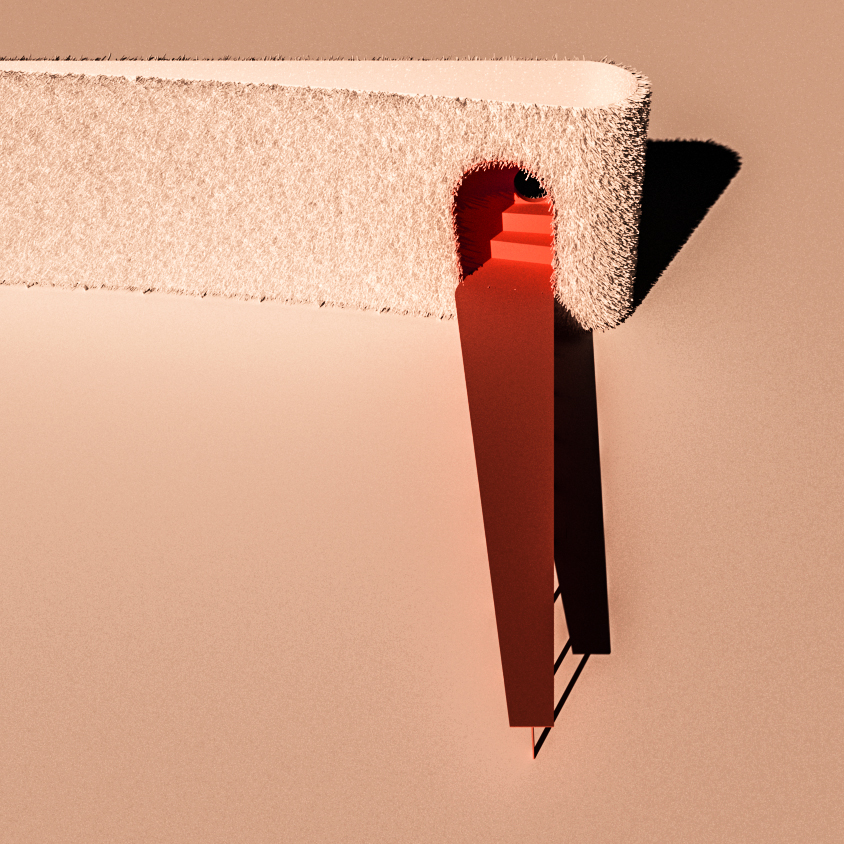
According to the councilor, the city has emerged as a “true laboratory of ideas, where architecture’s ultimate goal is to improve people’s lives, beyond its aesthetic value,” and he predicts that, by 2050, Logroño aims to be “a city dreamed of and collectively imagined, embodying the utopia represented by Concéntrico.” He noted that Logroño is one of the cities with the best quality of life in the country, recognized for its gastronomy and for being the country with the highest green area per capita.
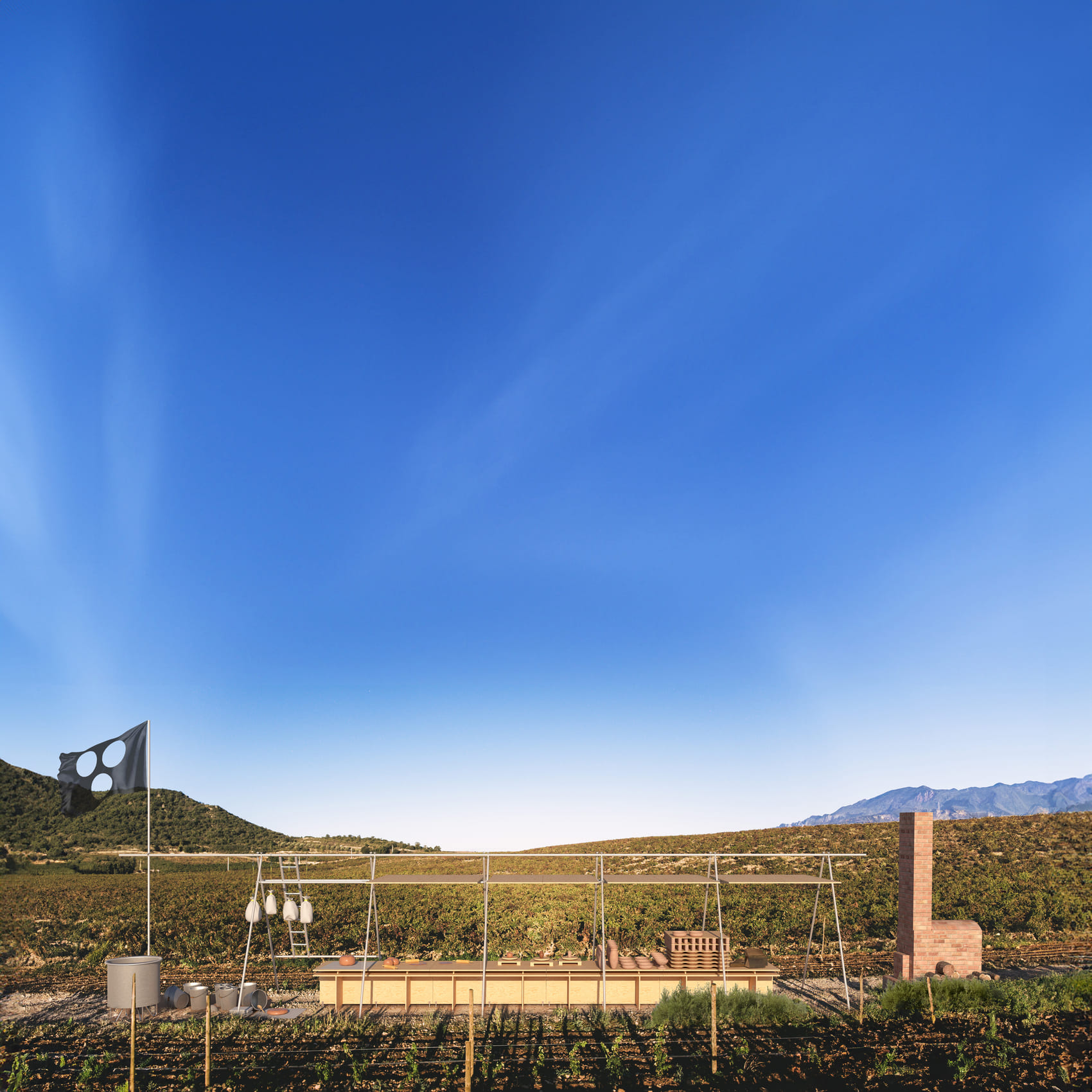
Sigfrido Herráez, representative of the Madrid Association of Architects, noted that Concéntrico has established itself as the most important event for ephemeral architecture in Spain and possibly also in Europe. He emphasized that the festival elevates the cultural level of Logroño, positioning it as one of the most cultured cities in the country.
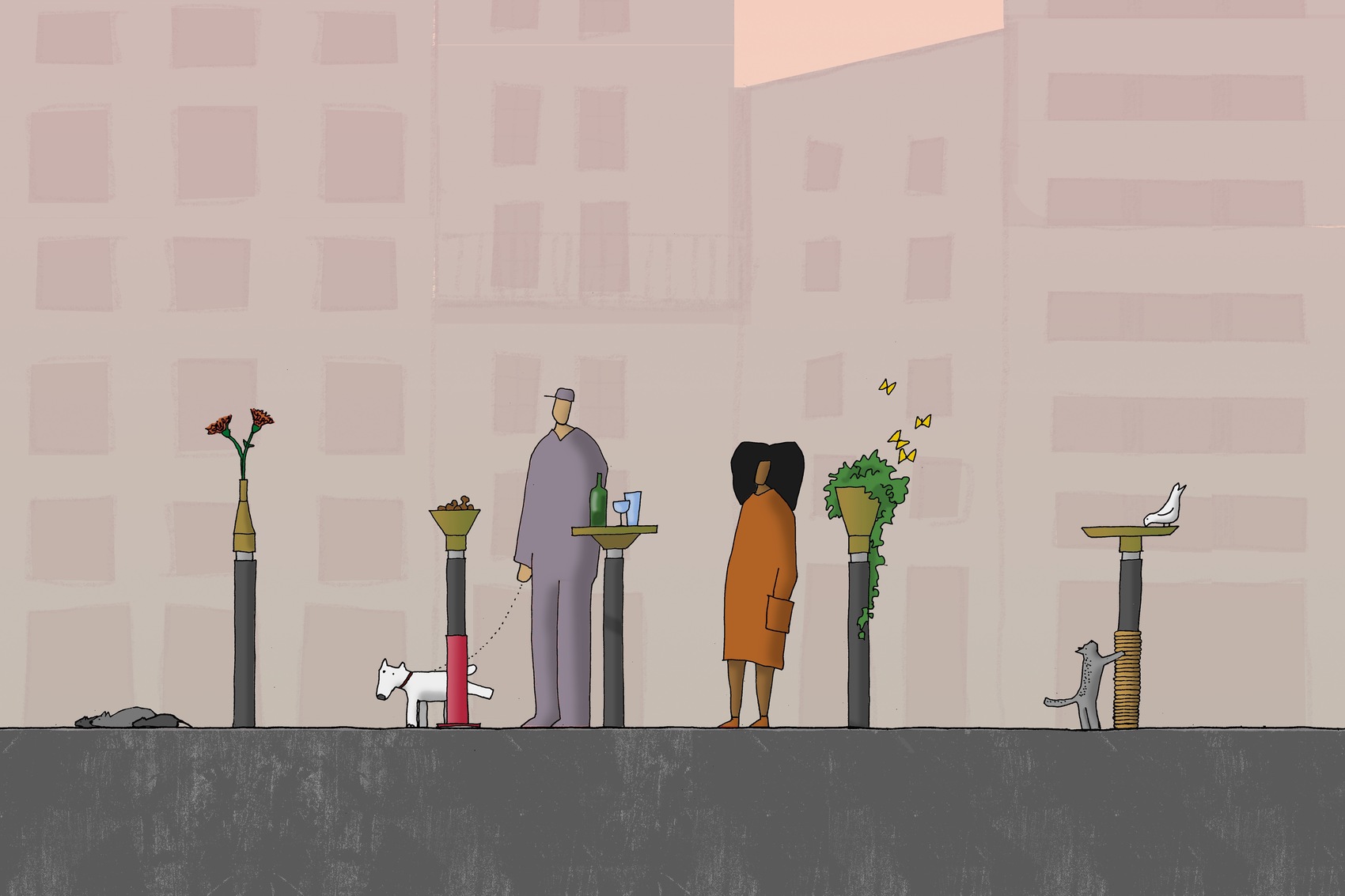
For her part, Irene Fernández Garijo, from the College of Architects of Logroño, explained that this year’s festival is intended as a true laboratory for urban innovation. One of the main new features is the change of dates to June. She also emphasized that Concéntrico is a collective project, conceived from the outset as a collaborative project and in constant evolution since 2015.
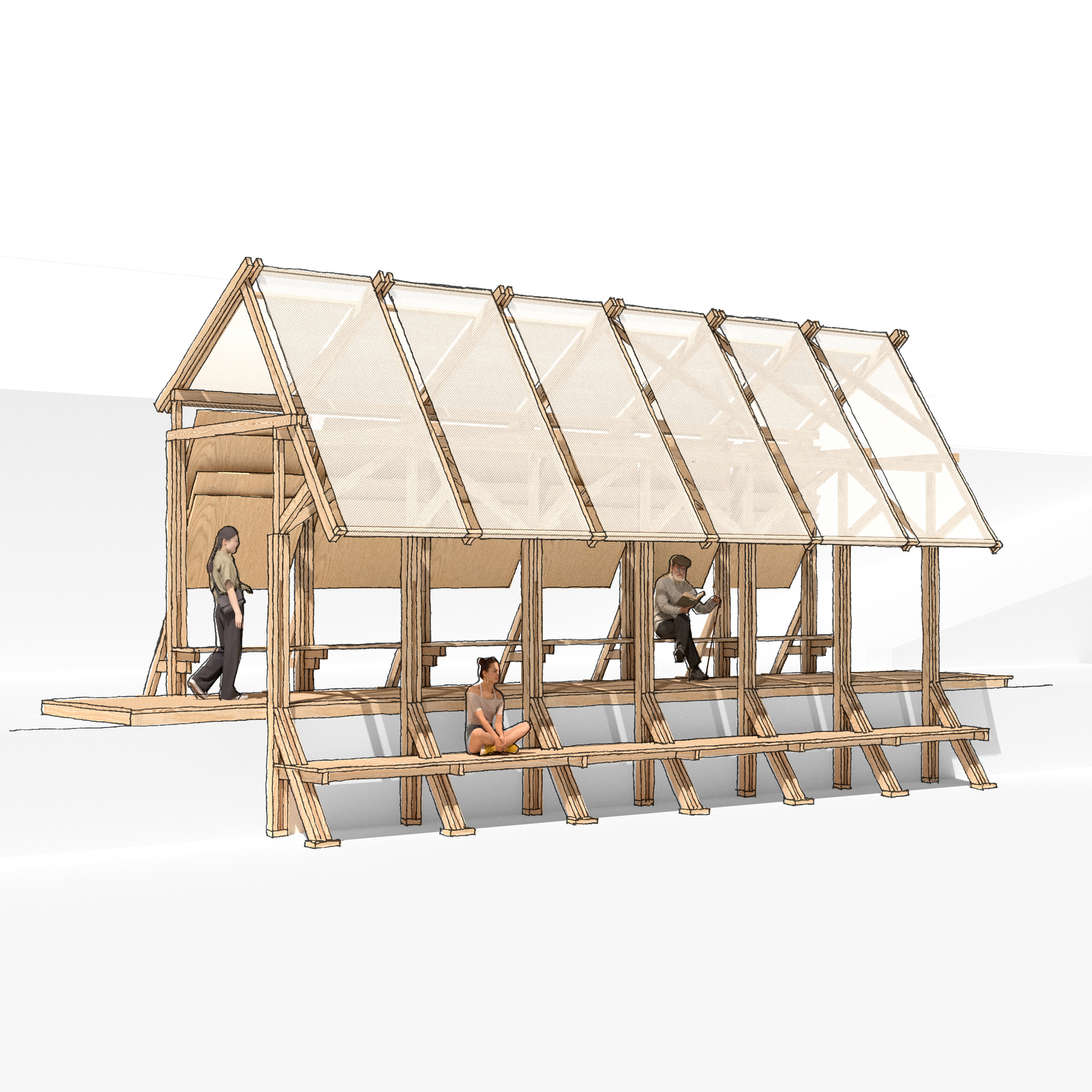
Festival director Javier Peña reinforces this idea by describing Concéntrico as a collective, ongoing project, whose purpose has been from the beginning to energize public space as a place of critique. In his words, the festival has come “to disturb,” to make us reflect, to stir us up, and to generate dialogue. A book will be published this year—thanks to the support of the Ministry of Culture—that will compile the successes and failures of this journey, aiming to give meaning to what is being done.
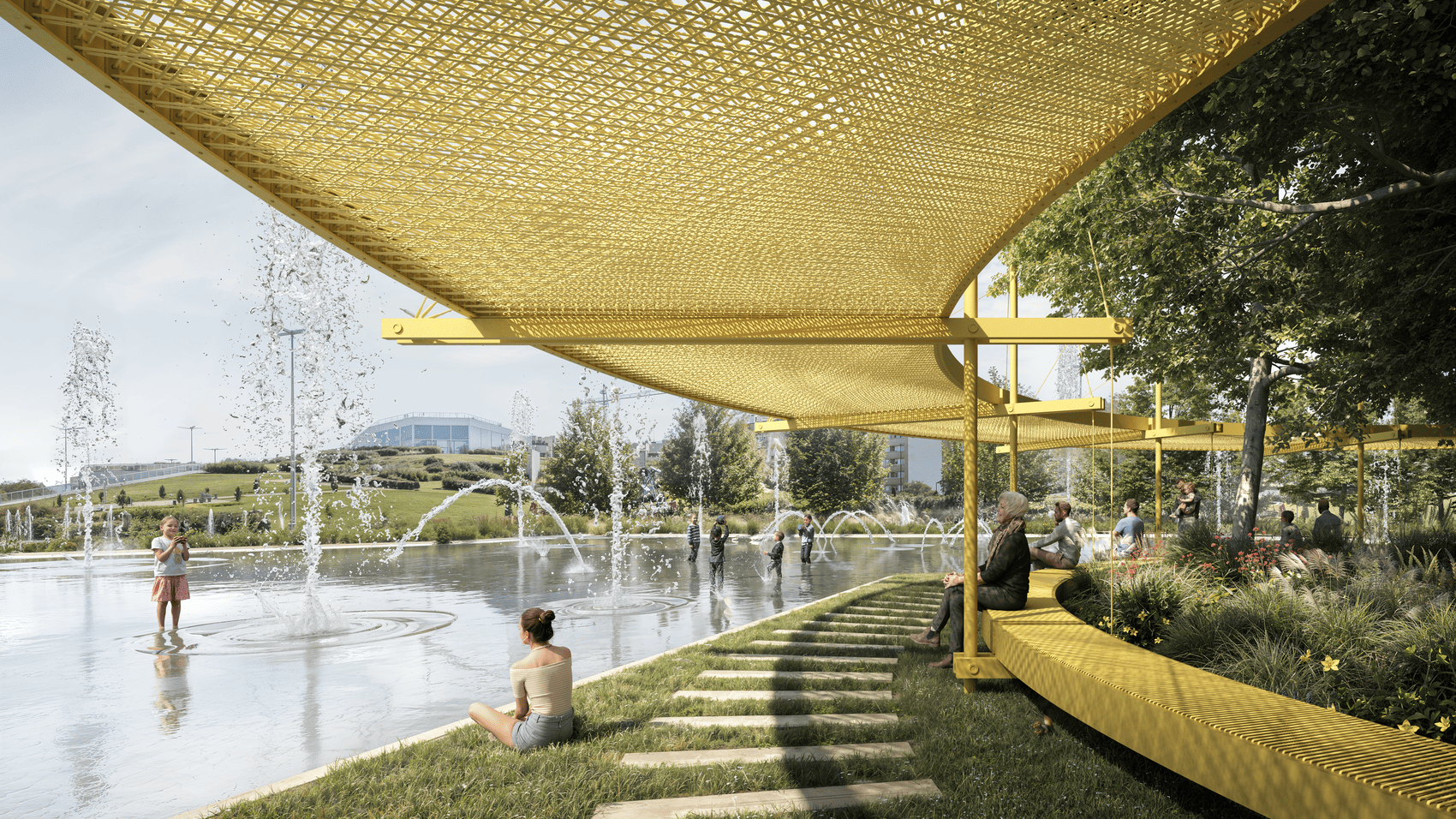
This edition introduces a new concept: the “urban climate island,” an initiative to transform the space in response to the challenges of climate change. In this context, the “Al agua patos” project, which will take place around the lake in Felipe VI Park, proposes a structure that will be integrated into the urban space with associated activities.
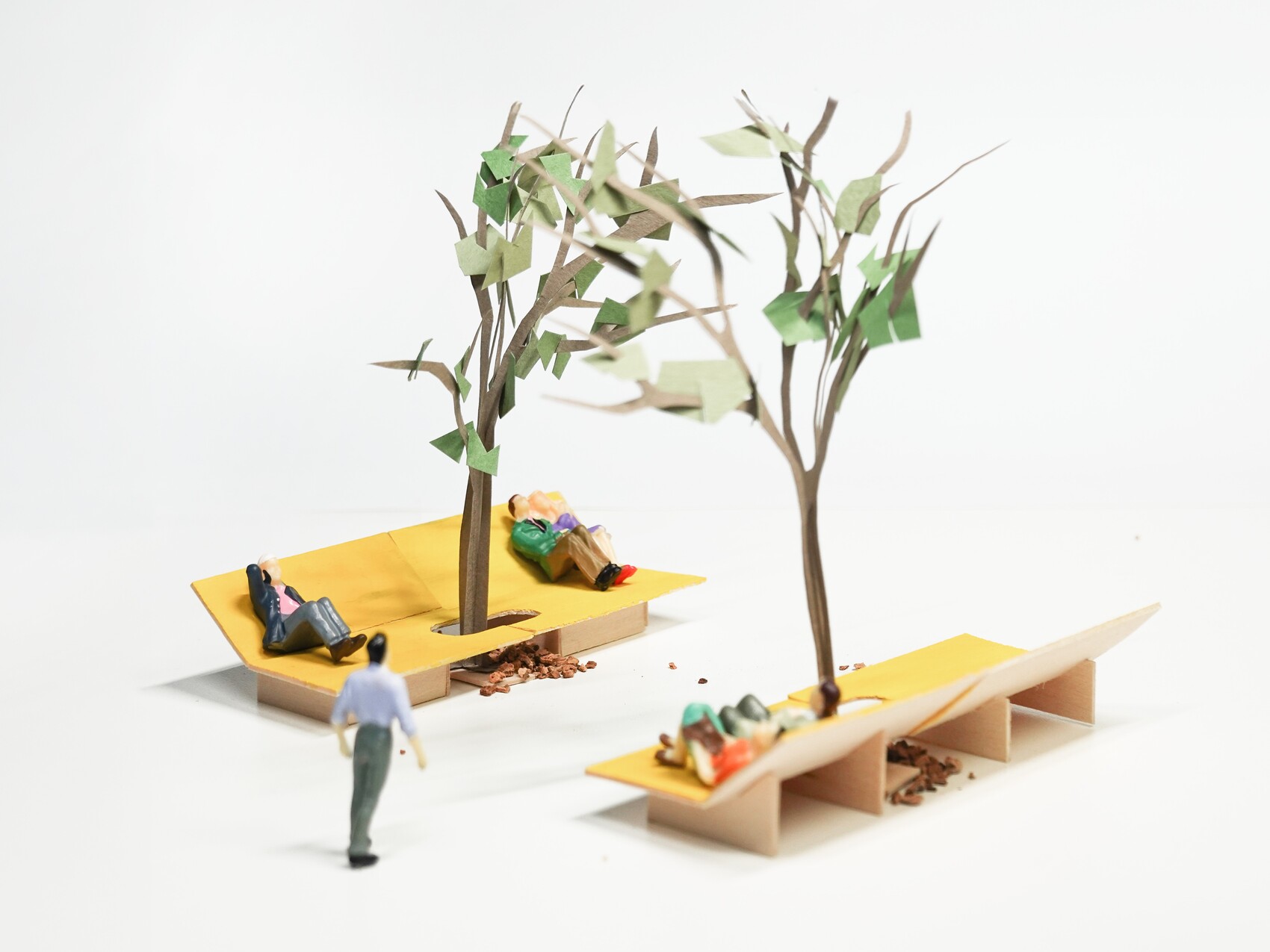
Another notable new feature is the inclusion of educational programs, in collaboration with artists such as Maider López and Matali Crasset. Furthermore, the festival is expanding its boundaries beyond Logroño, with a presence at the Barcelona Design Museum and collaborations with Izaskun Chinchilla. In addition, the Base project in Milan will be key to future editions. Participation in Romanian Design Week was also mentioned, strengthening the festival’s international network. The goal is to continue bringing together projects and countries committed to culture.
Among the more than 600 international proposals received this year, several innovative projects were selected, such as “City Solar Projects,” “The Gardener’s Battle,” and the “Seed Slingshot Planetarium,” which aim to collectively transform public spaces. In addition, workshops with ceramists will be held at the Lanciano Vineyard, also integrating gastronomy as part of the festival’s cultural experience.
This year, the Festival focuses on three main themes: the role of water in the city in the face of climate change; food as a collective practice that transforms public space; and the preservation of the urban landscape by highlighting untouched spaces such as vacant lots and plazas. Concéntrico celebrates a decade of critical thinking and architectural creativity, reaffirming its role as a platform and dynamic laboratory for imagining new ways of inhabiting urban space.
Editor: Beatriz Fabián
Beatriz is a journalist specializing in offline and online editorial content on design, architecture, interior design, art, gastronomy, and lifestyle.